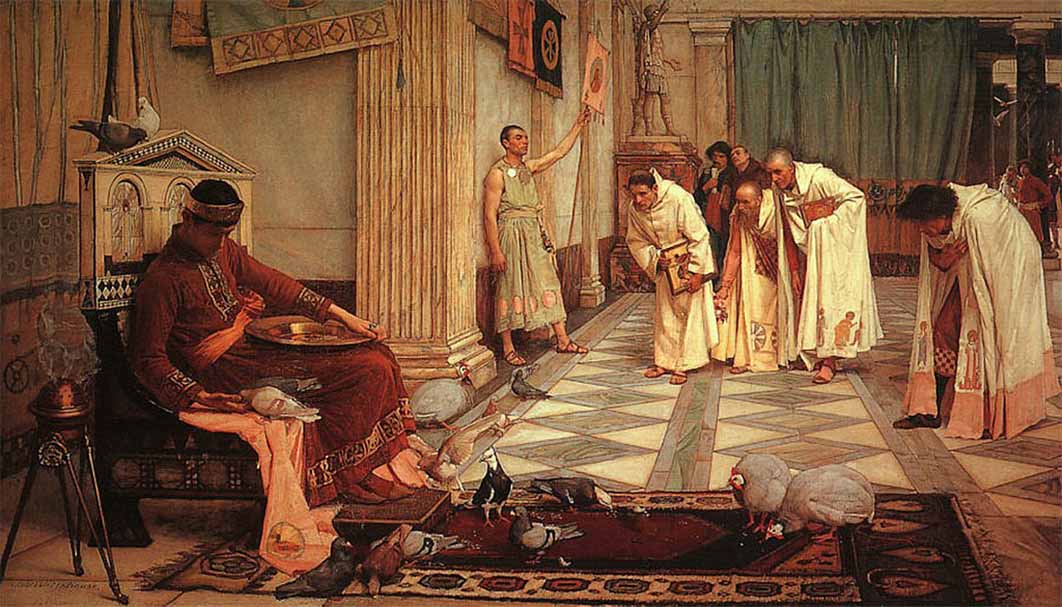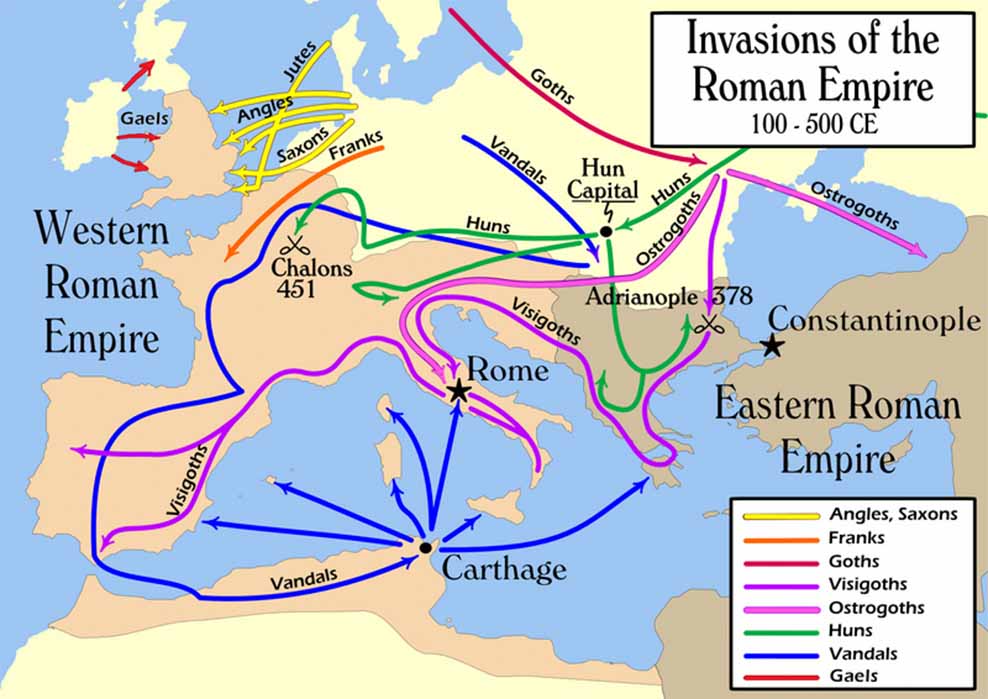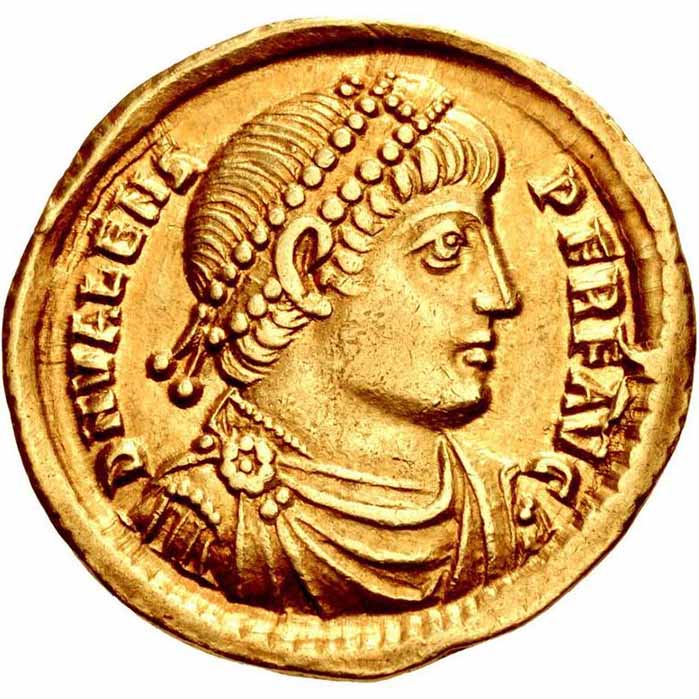
The Fall Of The Western Roman Empire - A Military Perspective (405-455 AD)
In 376 AD, an alarming number of Visigoths erupted on the Danube frontier and overflowed into the northern Roman provinces of the Balkans. The recent arrival of a new invader in Eastern Europe, originating from the steppes of Central Asia, was at the origin of this massive spontaneous migration. In fact, the Huns had invaded and destroyed the kingdom of the Ostrogoth, located in present-day Ukraine, causing hundreds of thousands of them to flee to the West. This significant demographic shift disrupted their immediate neighbours, the Visigoths, who had settled in the region of the ancient Roman province of Dacia, present-day Romania, just north of the Danube.
This demographic pressure, combined with the fear of the Huns, caused this massive overflow of Visigoths into Roman territory. Their request for protection within the borders of the Empire was accepted by the apprehensive authorities on condition that they could be counted on to help defend the region against potential invaders. Once the newcomers settled in Thrace, they were almost immediately exploited by local officials. In 378, united under the command of their leader Fritigern, the Visigoths revolted against Roman authority and began to ravage the region, while other bands of Germanic tribesmen took advantage of the disorder to also cross the Danube.

Map of the "barbarian" invasions by the Angles, Saxons, Jutes, Franks, Goths, Visigoths, Ostrogoths, Huns and Vandals of the Roman Empire showing the major incursions from 100 to 500 AD. (CC BY-SA 2.5)
Emperor Valens’ Miscalculation
Following initial military successes by local Roman troops in isolating the Visigoths, the Roman Emperor of the East, Valens, arriving from Asia Minor, hastily organized a massive attack against them near Adrianople without waiting for military assistance from the Emperor of the West, Gratian. The latter had sent Valens an emissary carrying a letter advising him of the arrival of reinforcements. Valens’ officers recommended that he wait for Gratian’s army, but Valens engaged in battle anyway, most likely seeking the glory that would follow a decisive victory for himself. Over-confident, Valens combined his forces and attacked the Visigoth army head-on, although intelligence reports had alerted him that additional Visigoth cavalry was nearby. Before the Romans succeeded in breaking the Visigoth infantry, their flanks were attacked by enemy cavalry.

Solidus of Valens. (364-378 AD) (Classical Numismatic Group/ CC BY-SA 2.5)
The result was catastrophic for the Romans. Following a bloody battle, the Roman cavalry on the wings was routed, and the infantry, then surrounded and unable to maneuver, suffered annihilation. Valens was killed in the melee. His corpse was never identified. This battle, in which two thirds of the Roman army of the East was massacred, was described by the chroniclers of the time as a prelude to the end of the world.
The disaster at Adrianople in 378, effectively announced the beginning of the disintegration of the military, political and social structure of the ancient Mediterranean world in the face of the migratory pressure of the vigorous Germanic nations. Subsequent western Roman Emperors, following the debacle at Adrianople, fought to curtail the Visigoth advance towards the West and struggled to protect that part of the Empire from the successive Germanic invasion waves that followed.
Theodosius I (379–395)
Son of a senior officer who was a close collaborator of the Emperor of the West, Valentinian I, Theodosius I was a member of the officer corps under his father’s orders during the military campaigns in Britannia against the Scots and the Picts in 368, then on the continent against the Alemanni between 370 and 372. In 373, Theodosius I was governor of the province of Upper Moesia (Serbia) and carried out military operations against the Sarmatians. After the execution of his father accused of treason by Valentinian I in 375, Theodosius I left his political and military life and retired to his estates in Spain.




